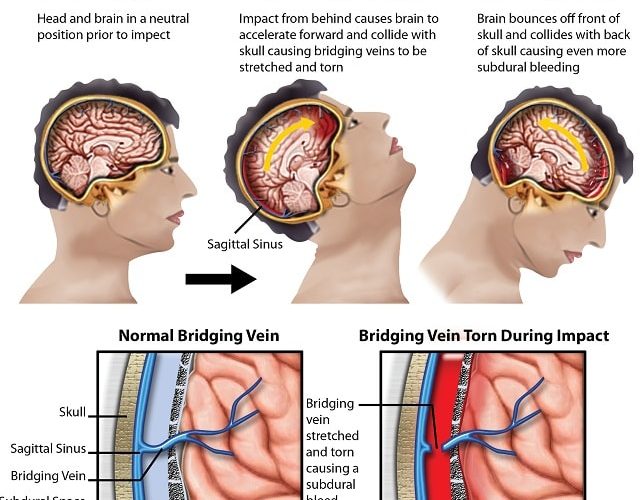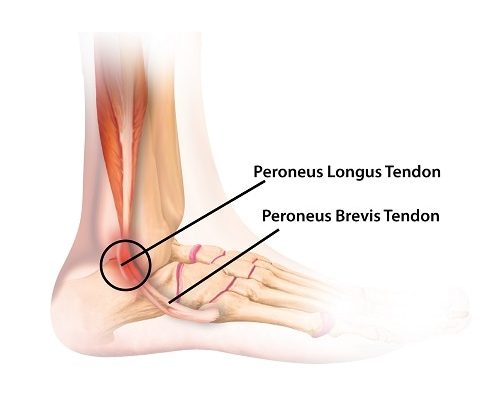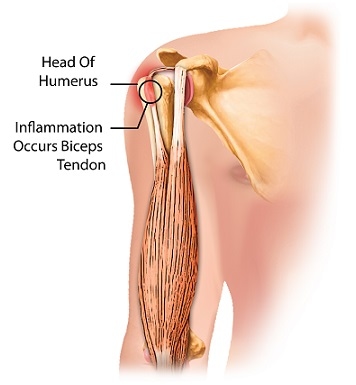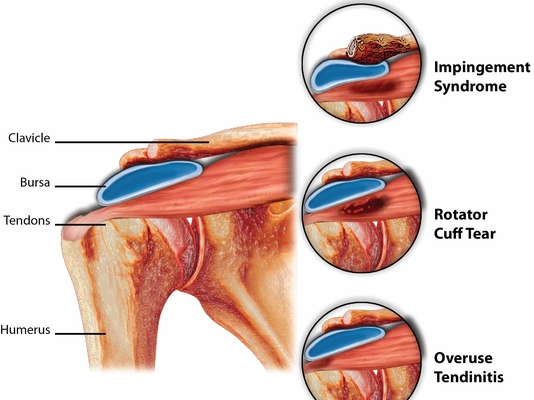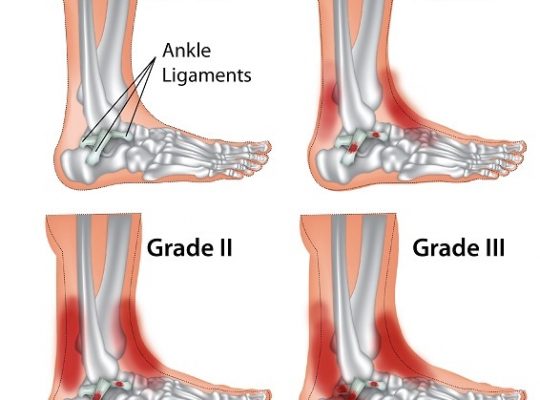In simple terms, whiplash is a cervical spine (neck) injury incurred from the forceful forward-bending or backward-bending movement (or both) of the neck. Although it is mostly due to motor vehicle collisions, it is also a common injury in contact sports, such as indoor football, wrestling, rugby and hockey, and some non-contact sports, such as diving.
In professional football, for example, head and neck injuries were found to account for only 2.2% of all injuries. It was however noted that there was a 20-fold increase in head and neck injuries during matches when compared to training sessions, and a 78-fold increase in the number of concussions when the same comparisons were made.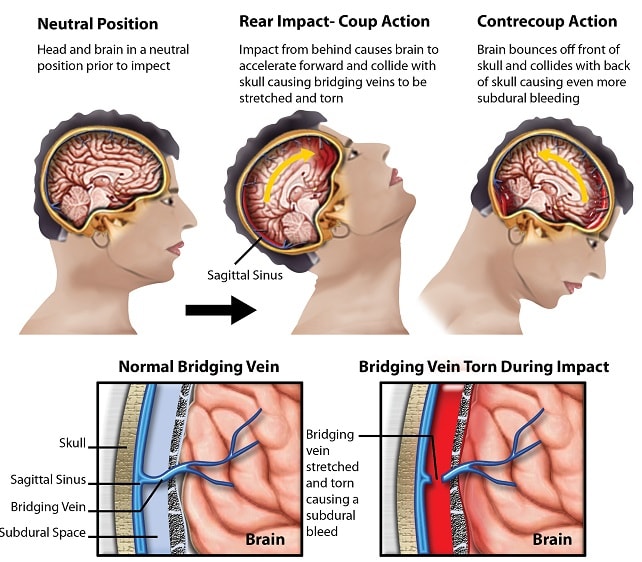
Since neck and head injuries usually occur simultaneously, whiplash is often associated with concussions, which is a mild traumatic brain injury (MTBI) induced by trauma that causes a transient disruption in brain function. Whiplash injuries usually resolve themselves in time, and serious injuries and serious chronic whiplash-associated disorder (WAD) are infrequent in sports.
Although it was previously believed that whiplash injury was due to hyperextension of the neck on impact, it has been realized that it is a more complicated process, involving coupled injuring forces. It has also been reported that the maximum peak extension of the neck during whiplash trauma is 45degrees , which is within the normal range for neck movement and hence would not be the cause of injury.
Causes of whiplash
Going into more details on the mechanism by which whiplash occurs, it usually begins with the forward and upward movement of the hips, back and trunk, which results in the compression of the cervical spine and the backward displacement of the head. These forces act together to cause an abnormal rotation in the cervical spine as it extends. As it rotates and extends, the front parts of the vertebrae separate while the hind parts undergo extreme compression, especially at the facet joints.
The facet joints are crucial anatomical regions found between the vertebrae of the spine that guide and constrain spinal movement. Minor fractures have been found in the lower region of the facet joints in motor vehicle accident death victims, confirming this compression theory. Whiplash is therefore due to a combination of forces that hyperextends the cervical spine at an abnormal axis of rotation, causing the facet joints to crash into each other.
The aforementioned mechanism is usually applied to motor vehicle collisions; however, for athletes, the overall concept is similar with a few differences. An athlete is more likely to get whiplash injuries while being upright instead of seated, except for car racers. This reduces the upward thrust on impact, hence minimizing the compression that takes place. The abnormal rotation of the spine, however, may still take place, especially because there is no restraint behind the head and neck, which is present when seated in a car. The impact can also be from behind or from the front, although the latter tends to be less severe.
Symptoms of whiplash
Physically manifested symptoms include:
- Neck pain which may be felt immediately after injury or after a few days.
- Neck stiffness
- Arm, shoulder or back pain
- Abnormal sensation such as prickling or burning in the arm
- Jaw joint dysfunction
There are also cognitive and psychological symptoms, such as:
- Vision problems
- Memory and concentration problems
- Irritability
- Sleep issues
- Depression
Diagnosing whiplash
Diagnosis is clinical, with consideration being given to the history of injury and the symptoms presented during a physical examination. Radiographic imaging may not detect abnormality to the affected area, and is not recommended unless the patient is suspected to have other complications such as a fracture, disc or spinal cord injury.
Treatment
Treating whiplash may be difficult because of the high variability in how different factors interact to bring about the symptoms seen in patients. Symptoms are also subjective.
Traditionally, a soft neck collar is used to limit the range of motion of the neck. Studies, however, have suggested that restriction of motion may actually hinder recovery and that encouraging mobilization from the early stages might be beneficial. Pain medications, non-steroidal anti-inflammatory drugs (NSAIDs), and other medications such as antidepressants may be prescribed based on the symptoms. Exercises and physical therapy may also be recommended.
Most patients recover within 3 months after injury, with neck and head pains clearing up within a few days or weeks. Some, however, may continue to have residual headaches and neck pains.
SOURCES
[1] Albano, M., Alpini, D. C., and Carbone, G. V. (2014) Whiplash and Sport, Springer.
[2] Tsoumpos, P., Kafchitsas, K., Wilke, H.-J., Evaνgelou, K., Kallivokas, A., Habermann, B., Tsepis, E., and Bilis, E. (2013) Whiplash injuries in sports activities. clinical outcome and biomechanics, British Journal of Sports Medicine 47.
[3] Swartz, E. E., Floyd, R. T., and Cendoma, M. (2005) Cervical spine functional anatomy and the biomechanics of injury due to compressive loading, J Athl Train 40, 155-161.
[4] NINDS. (2015) NINDS Whiplash Information Page.
[5] Yadla, S., Ratliff, J. K., and Harrop, J. S. (2008) Whiplash: diagnosis, treatment, and associated injuries, Curr Rev Musculoskelet Med 1, 65-68.

